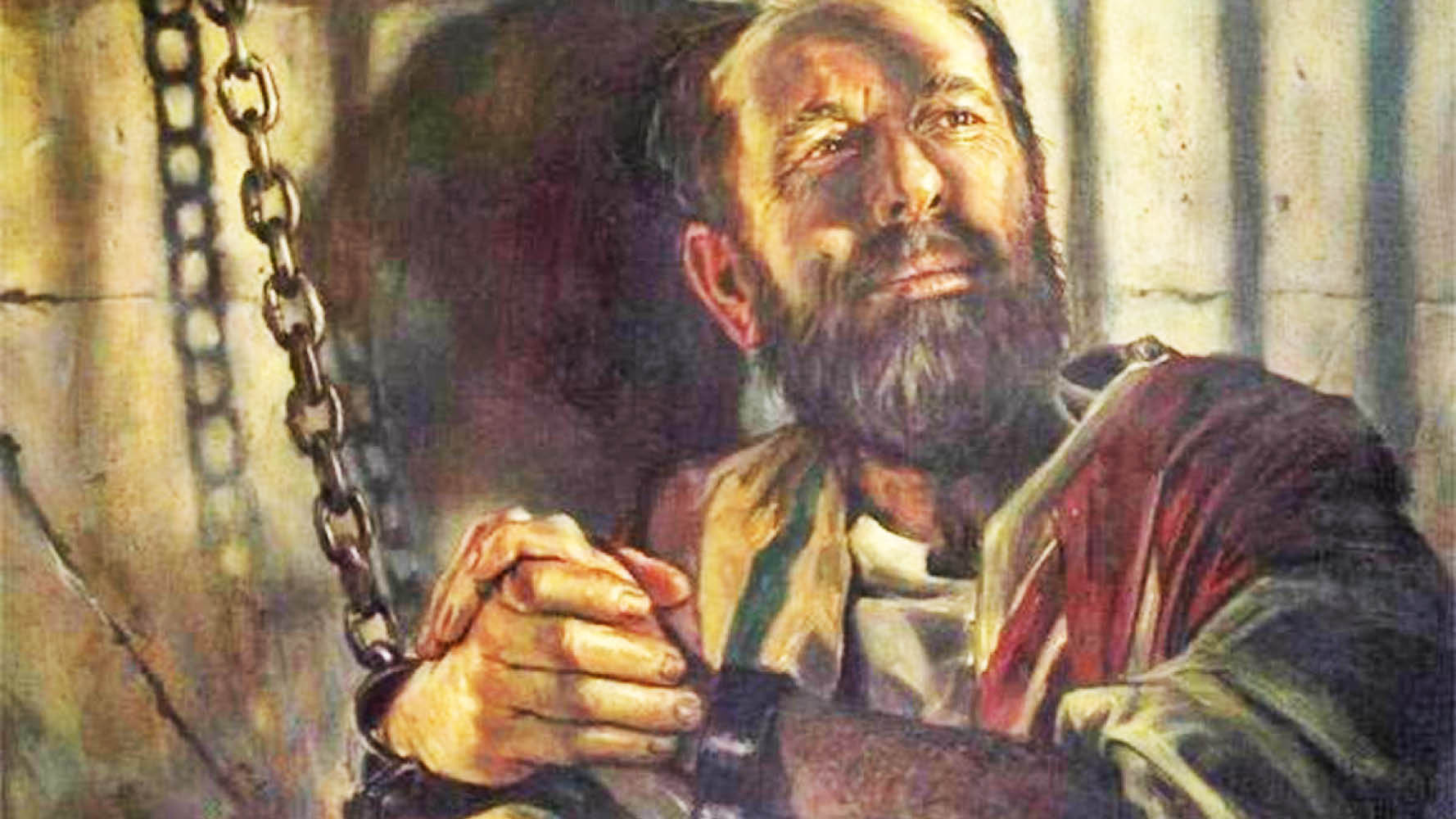Episode 1 gives a realistic account of the religious and political situation. It paints for us how the tax collectors were treated during those times and the hardship faced by the people with regards to payment of taxes to the Roman Emperor. You can feel the hatred of the people against the tax collectors and experience their stigma of being outcasts from the own people. The severity of not paying taxes is also brought out well. The very first tax collector we see is surprisingly one of our Gospel writers, Matthew. When we read the Gospel it is very easy for us to think that these biblical figures must have had a good and decent life. However this episode shows us very real conditions of the people of those times and their day to day struggles.
Nowhere in the Bible does it specify that Peter was married but it does mentions in Luke 4:38-39, that Jesus healed Peter’s mother-in-law. Which means it is implied that Simon Peter was married. Based on this scripture verse, an entire life story of Simon Peter is drawn using creative liberty. It is very difficult to digest the character of Simon Peter who is portrayed as a fighter/ gambler/ and someone who works on Shabbat i.e. is the day of rest for the Jews. The fine details of the various characters is skilfully interwoven in this series. For example, one of the scenes has Andrew commenting on the “running skills” of Simon Peter. In all probability we would pass such a statement as being insignificant or categories it as not being mentioned in the Bible, but hold on, in John 20:4 we are told that John ran full speed, while Peter running slowly followed John to the sepulchre where Jesus was buried. So we just got some scriptural connection there! Off course, this may or may not be true.
Nicodemus is portrayed as a Rabbi (Teacher of teachers). A very learned man, who is respected among the Jewish Rabbi’s. We see in John 3:10, Jesus addresses Nicodemus saying “You are a teacher of Israel and yet you do not understand these things?” The Bible however, mentions Nicodemus as a prominent Pharisee, a member of the Jewish Council, but not as a Rabbi. Perhaps Nicodemus is portrayed as a Rabbi because Jesus addressed him in John 3:10 as a teacher of scripture. On the other hand, I personally found the wife of Nicodemus was portrayed to be a graceful woman of poise and well respected by all, which is very unlikely to be the case for most other women in those days.
The background story of Mary Magdalene is portrayed very intelligently. I never imagined that she would be like that but the portrayal is beyond words. You see her first as a child, then as a sinful woman, being possessed with demons and in a tough situation. We see the description of Mary Magdalene in Mark 16:9, where it says that Jesus had cast out seven demons from her. Strangely in this series everyone is addressing Mary Magdalene as Lilith. Sounds weird, why this name out of the many available options of female names?
It so happens that Lilith is the name of a female demon according to the Jewish folklore. And now it makes sense that the character of Mary Magdalene who is possessed by seven demons, is called by a demon’s name, Lilith. Towards the end of this episode, the possessed and disturbed Mary Magdalene is shown to have her life changing encounter with Jesus where He calls out to her by name – Mary, healing her instantly. Then we understand the play of Names to her character of Lilith and Mary. Makes sense then to title this episode as; ‘I Have Called You By Name.’
.
.
Reflection:
- What do you think of the Portrayal of Simon Peter’s choices and his married life?
Can you imagine our first Pope having this type of a human behaviour? - Does the portrayal of Mary Magdalene fit how you imagine her to be?
- Even we today are called by Name, by Jesus. Will you follow Him like Peter and Mary Magdalene?
.
Do leave your thoughts and comments below.





One Response
Congratulations Jovita for the good review.
God bless you.